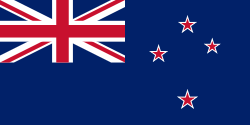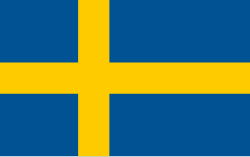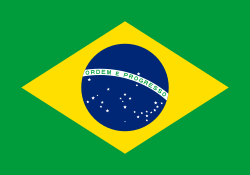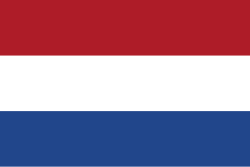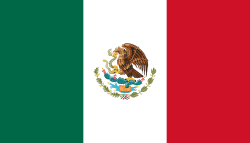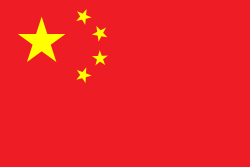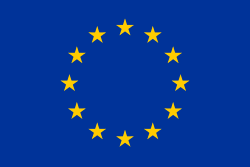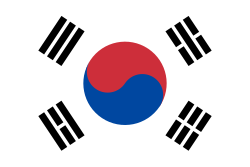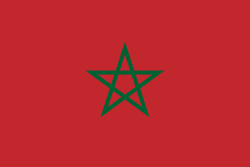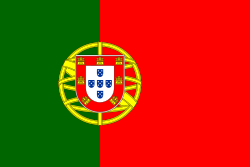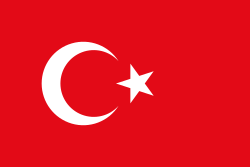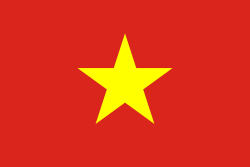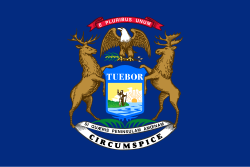Monacos Grand Prix
| Circuit de Monaco | |
 Fairmont hairpin (tidigare Lowes) | |
 | |
|---|---|
| Formel 1 | |
| Banlängd | |
| 1950 | 3,180 km |
| 1955-1972 | 3,145 km |
| 1973-1975 | 3,278 km |
| 1976-1985 | 3,312 km |
| 1986-1996 | 3,328 km |
| 1997 | 3,366 km |
| 1998-1999 | 3,367 km |
| 2000-2003 | 3,370 km |
| 2004- | 3,340 km |
| Banrekord | |
| 1950 | 1:51,0 Juan Manuel Fangio, Alfa Romeo, 1950 |
| 1955-1972 | 1:22,2 Jackie Stewart, Tyrrell-Ford, 1971 |
| 1973-1975 | 1:27,9 Ronnie Peterson, Lotus-Ford, 1974 |
| 1976-1985 | 1:22,637 Michele Alboreto, Ferrari, 1985 |
| 1986-1996 | 1:21,076 Michael Schumacher, Benetton-Ford, 1994 |
| 1997 | 1:53,315 Michael Schumacher, Ferrari, 1997 |
| 1998-1999 | 1:22,259 Mika Häkkinen, McLaren-Mercedes, Ferrari, 1999 |
| 2000-2003 | 1:14,545 Kimi Räikkönen, McLaren-Mercedes, 2003 |
| 2004- | 1:14,439 Michael Schumacher, Ferrari, 2004 |
Monacos Grand Prix är ett klassiskt stadslopp som körs på Circuit de Monaco i Monte Carlo i Monaco. Loppet har körts årligen med några undantag sedan 1929. Monacos Grand Prix blev en deltävling i formel 1-VM 1950. Det är idag det enda loppet med en tunnel. Loppet anses ofta vara det mest prestigefyllda Formel 1-loppet att vinna. Monacos Grand Prix utgör en del av den så kallade Triple Crown som innebär att ha vunnit de tre mest prestigefyllda motortävlingarna i världen. Indianapolis 500 och Le Mans 24 timmars utgör de övriga två loppen.
Vinnare Monacos Grand Prix
Ljusröd bakgrund betyder att loppet inte ingick i formel 1-VM.
Ljusgul bakgrund betyder att loppet ingick i Europamästerskapet för Grand Prix-förare.
GP2-vinnare
| Säsong | Heat 1 | Heat 2 |
|---|---|---|
| 2008 | ||
| 2007 | Inget race | |
| 2006 | Inget race | |
| 2005 | Inget race |
Föregående bankonfigurationer
- Monacos GP-banor genom tiderna
- 1929–1971
- 1973–1975
- 1976–1985
- 1986–1996
Anmärkningar
Referenser
Noter
- ^ Saunders, Nate (19 mars 2020). ”Monaco Grand Prix organisers cancel 2020 event outright” (på engelska). ESPN. https://www.espn.com/f1/story/_/id/28926969/monaco-grand-prix-organisers-cancel-2020-event-outright. Läst 26 mars 2020.
Externa länkar

| ||||||||
| |||||
Media som används på denna webbplats
Flag of South Africa, used between 1928 and 1982. It is identical to the 1982 to 1994 version except that the shade of blue is darker. It is also known as the "Oranje-Blanje-Blou".
Flag of South Africa, used between 1928 and 1982. It is identical to the 1982 to 1994 version except that the shade of blue is darker. It is also known as the "Oranje-Blanje-Blou".
The flag of Brazil from 1968 to 1992 with 23 stars.
The civil ensign and flag of Belgium. It is identical to Image:Flag of Belgium.svg except that it has a 2:3 ratio, instead of 13:15.
The Flag of Europe is the flag and emblem of the European Union (EU) and Council of Europe (CoE). It consists of a circle of 12 golden (yellow) stars on a blue background. It was created in 1955 by the CoE and adopted by the EU, then the European Communities, in the 1980s.
The CoE and EU are distinct in membership and nature. The CoE is a 47-member international organisation dealing with human rights and rule of law, while the EU is a quasi-federal union of 27 states focused on economic integration and political cooperation. Today, the flag is mostly associated with the latter.
It was the intention of the CoE that the flag should come to represent Europe as a whole, and since its adoption the membership of the CoE covers nearly the entire continent. This is why the EU adopted the same flag. The flag has been used to represent Europe in sporting events and as a pro-democracy banner outside the Union.Flag of Portugal, created by Columbano Bordalo Pinheiro (1857–1929), officially adopted by Portuguese government in June 30th 1911 (in use since about November 1910). Color shades matching the RGB values officially reccomended here. (PMS values should be used for direct ink or textile; CMYK for 4-color offset printing on paper; this is an image for screen display, RGB should be used.)
Författare/Upphovsman: Mario30095, Licens: CC BY-SA 3.0
Verzia trate z rokov 1986 až 1996.
Författare/Upphovsman: Mario30095, Licens: CC BY-SA 3.0
Verzia trate z rokov 1973 až 1975.
Författare/Upphovsman: F l a n k e r, Licens: CC BY-SA 2.5
Flag of the Kingdom of Sardinia (1851-1861) and of the Kingdom of Italy (1861-1946). Use: Civil flag and ensign. In a governmental or a military context, the crowned version (see Crowned version) was always used (as State flag and naval ensign).
Författare/Upphovsman: Mario30095, Licens: CC BY-SA 3.0
Monte Carlo circuit map in 1950–1971 (in 1972 the harbor chicane was located further away from the tunnel).
Författare/Upphovsman: Alexander Migl, Licens: CC BY-SA 4.0
Fairmont Hairpin in Monaco
Författare/Upphovsman: Mario30095, Licens: CC BY-SA 3.0
Verzia trate z rokov 1976 až 1985.
Författare/Upphovsman: Steve Gregory from Bradley Stoke, UK, Licens: CC BY 2.0
The field on the warm-up lap before the 1996 Monaco Grand Prix. The cars, starting from the front, are Mika Hakkinen (McLaren), Heinz-Harald Frentzen (Sauber), Jacques Villeneuve (Williams), Mika Salo (Tyrrell), Jos Verstappen (Footwork) and Johnny Herbert (Sauber). The partially hidden car behind Johnny Herbert's is the Ligier of eventual race winner Olivier Panis. Also visible in the top left-hand corner is the Tyrrell of Ukyo Katayama.











